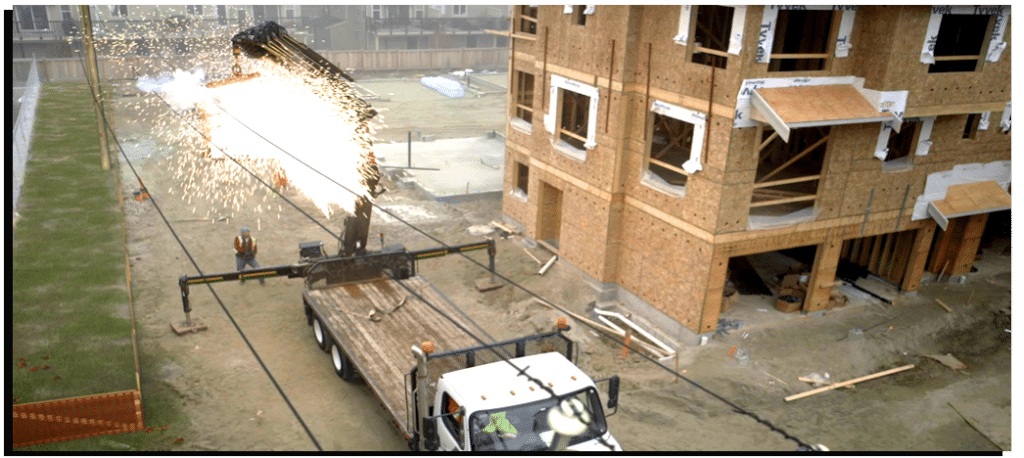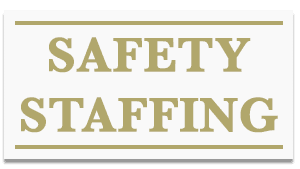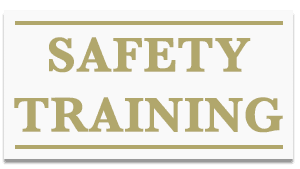Safety Around Power lines: Part I

Working around energized equipment can be very hazardous, it is good to know these helpful tips to prevent yourself from becoming the path to ground electricity is always searching for.
Overhead lines:
One thing to pay attention to when you are at your job site is your location and proximity to overhead lines or utility poles. Electricity always tries to find the easiest path to ground. If you are operating tall equipment or removing trees that may be in contact with an overhead line you may become that easiest path to ground. We ask that you remain at least 10 feet away from all power lines and 30 feet away from larger transmission structures. The power lines do carry enough energy to hurt you and the electricity will attempt to travel through you or your equipment to the ground. Although the lines look like they may be insulated the coating you see is to protect them from weathering not insulation for human protection.
If you are about to start a project and may be working in the proximity of power lines use a spotter and warning flags. You may contact your local utility and they can correctly identity the nominal voltage and necessary clearances you need at no cost. If they need to, the utility can install protective barriers to avoid contact with the line. There is no repercussions for contacting your local utility for guidance, however if you don’t contact them and you come in contact with their lines or equipment there may be repercussions. You can never assume lines are de-energized, always assume they are hot.
Underground lines:
Anytime you may be digging or excavating underground you must call Miss Utility (811) two business days prior to your job. Cutting into an underground power line can have the same reaction as coming in contact with an overhead power line. A shovel or other piece of equipment could easily cut through the insulation jacket of the cable and the electricity will still try to find the easiest path to ground. All local utilities will mark their underground service lines. To avoid coming in contact with an underground line carefully hand dig within 18 inches on both sides of the marks, you could still come in contact if the line is damaged.
Collision with utility pole/equipment:
If one of your construction vehicles strike a utility pole and lines fall onto the vehicle, know that the lines are energized. The same applies if you are operating a piece of equipment and it comes in contact with energized lines (cranes, excavators, etc.). The vehicle or equipment has now become energized and as long as you do not touch the ground and your vehicle or equipment at the same time you will not become a path to ground. If you can drive away from the power lines, do so. If you cannot and there is no immediate danger to get out of the vehicle or machine, stay inside until emergency personnel arrive and the lines can be de-energized.
If you must get out of the vehicle or machine try to position yourself on a flat surface that you can easily leap from as far as possible. Land with both feet together without stumbling and shuffle your feet without lifting them from the surface until you are at least 30 feet from the vehicle or equipment. Remain far away and do not go back to the vehicle or piece of equipment until the local utility de-energizes the line.
Sydney Delprato, GSP, is the Safety Coordinator at Southern Maryland Electric Cooperative in Hughesville, Maryland. Graduated in 2016 with a Bachelor of Science from Indiana University of Pennsylvania with a degree in Safety Science. She is heavily involved in SMEC’s incident investigations, safety training, public safety demonstrations, program development, and equipment testing. You can contact her at 240-695-2300 or at Sydney.Delprato@smeco.coop.
For a FREE FDRsafety consultation, please contact us.



